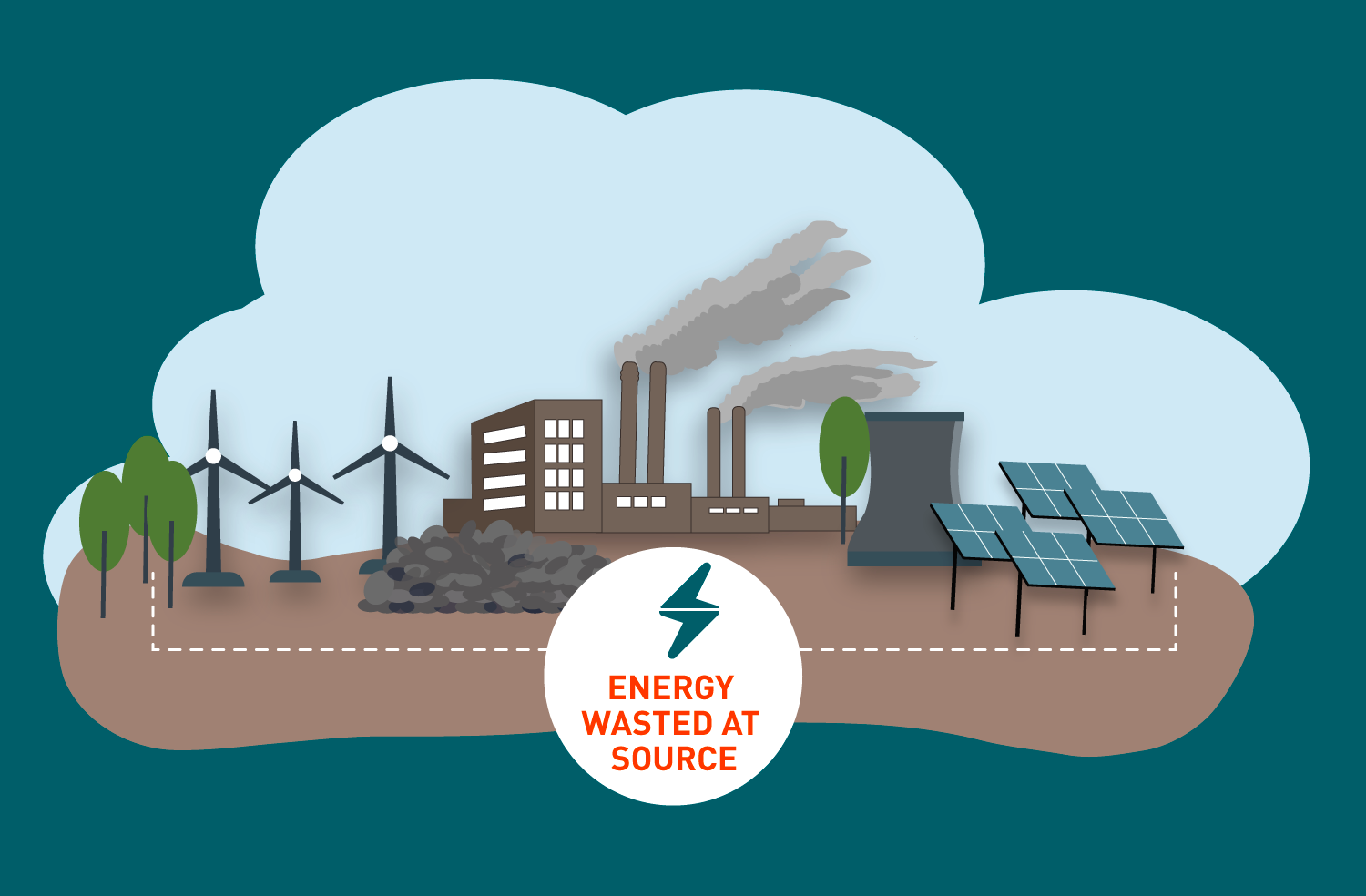How Much Energy is Wasted at the Source?
Energy Wastage — Part 1
Canada generated 652.3 TWh of electricity in 2017, 60 percent of which came from hydro, 15 percent from nuclear, 10 percent from gas/oil, 9 percent from coal, and 7 percent from solar, wind and other non-hydro renewables.
“Coal and oil, on their own, have an efficiency between 30 to 40 percent... Add to this faulty and under maintained equipment, and an even larger chunk of energy is rejected.”
While the average nuclear power plant and some hydro turbines can have efficiencies of 90 percent, other sources fall short in this respect. The thermodynamic heat cycle has been increasingly optimized for over a century, and not much else can be done to further improve it at this point; coal and oil, on their own, have an efficiency between 30 to 40 percent, and with combined cycle gas turbine (CCGT) plants, this may rise to 50 to 60 percent. Solar energy in Canada has an average efficiency of 15 percent, wind of 35% to 40% on a good day, and biomass of 20% to 25%. Add to this faulty and under maintained equipment, and an even larger chunk of energy is rejected.
“This is why decentralization of the grid plays such an important role in reducing energy wastage.”
Due to the significant amount of energy wasted at the source, simply increasing the number of power plants to continue meeting the ever-increasing energy demand is not the most effective solution. This is why decentralization of the grid plays such an important role in reducing energy wastage. It is easier to not only incorporate renewable resources with limited availability of land, such as rooftop solar panels, but also maintain equipment in smaller privately-owned generation units and sustain high efficiency. In what other ways do you think distributed energy resources (DERs) impact generation efficiency? They also contribute by significantly cutting down on transmission and distribution losses; more interesting information about this will follow–watch this space.
“Clean energy worth $1 billion was wasted in Ontario because the grid could not accept it... this leads to a rise in electricity costs.”
The popularity of distributed generation has become widespread over the last few years, but that has created a problem of its own: renewable energy wastage. A major reason is curtailment; addressing the issue of curtailment due to market-based protocols that dispatch generation requires policy makers and engineers to work in tandem. For instance, in 2017, clean energy worth $1 billion was wasted in Ontario because the grid could not accept it; this was a 58 percent rise from the previous year. To get a better perspective, this amount of power is enough to light 760,000 households for a period of one year. Aside from wasting perfectly usable clean energy, this leads to a rise in electricity costs. Clearly, we have the capability of producing much more renewable energy than we are currently using, so why is the grid still reliant on fossil fuels? Is there away to utilize this excess renewable energy, especially in times of climate events like hurricanes and wildfires when the grid fails to operate for extended periods of time? The answer may lie in communities locally consuming this energy. Can you guess the total losses incurred due to energy wastage.

